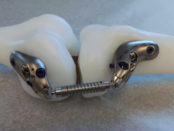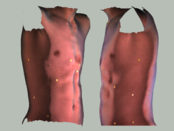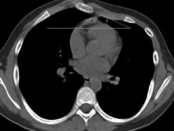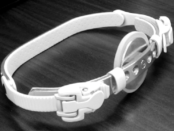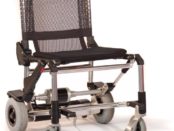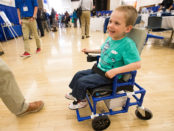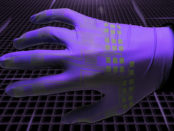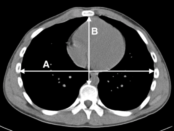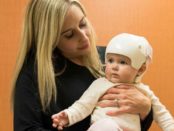Biomedical engineering
Design for health care purposes
“The clinical benefit of joint unloading is proven to reduce pain,” clinical investigator Philipp Niemeyer of the University of Freiburg said in a statement. “However, while some methods of unloading will transfer the load to
… READ MOREWe suggest that patients with pectus carinatum have a trial of compression therapy before recommending surgical resection. The use of pressure measurement avoids complications such as skin lesions, partial or poor results, and patient
… READ MOREObjectives This preliminary study evaluates, by qualitative score, the efficacy of the dynamic compression system (DCS) with a pressure-measuring device in the treatment of pectus carinatum (PC) as an alternative to surgery. Methods
… READ MORELightweight, self-adjustable compressive brace designed for the treatment of pectus carinatum. Du-Young Kang, et al. Objectives The aim of this study was to identify factors affecting patient compliance with brace therapy for pectus
… READ MOREA three-dimensional computed tomography evaluation of rib length and costal cartilage length in patients with asymmetric pectus carinatum. Figure 1. Measurement of the sternal rotation angle. The sternal rotation angle was measured as
… READ MOREBackground. Surgery has been the classical treatment of pectus carinatum (PC), though compressive orthotic braces have shown successful results in recent years. We propose a non-operative approach using a lightweight,
… READ MOREBACKGROUND Patients with pectus carinatum complain of cosmetic problems because they stand out in spite of wearing clothes. Surgical treatment of pectus carinatum is resection of the deformed cartilage but a wide operative scar,
… READ MORE3D model used to assess and measure severity of pectus deformity demonstrating bilateral rib flattening in a severe symmetric pectus carinatum deformity. Ian Hunt, Pectus Clinic, Spire St. Anthony’s Hospital, London UK Purpose.
… READ MOREStudents from the Schulich School of Engineering addressed a common issue faced by wheelchair users as their final project before graduating — and in the process were recognized at the 2015 Capstone Design Fair. University of
… READ MOREFor people who are almost entirely unable to walk, a powerful heavy-duty electric wheelchair is sometimes necessary. For folks who simply have limited mobility, however, often all that’s needed is a little something to lessen
… READ MOREWorld’s lightest, least expensive motorized wheelchair designed by BYU engineering students. Young kids with various genetic disorders often have limited walking ability, requiring them to use wheelchairs. Yet, traditional
… READ MORENew research shows how inkjet-printing technology can be used to mass-produce electronic circuits made of liquid-metal alloys for “soft robots” and flexible electronics. Elastic technologies could make possible a new class
… READ MOREMackenzie Cave, a bright 17-year-old who loves sports and science, developed a bony protrusion in his chest just after he turned 10. The protrusion — a deformity that affects one out of every 1,500 children — is known as pectus
… READ MOREFig. 3. Measurement of the full length of the rib. A. Three-dimensional volume rendering (VR) image is reconstructed automatically with a commercially available reconstruction program (Aquarius iNtuition Ver.4.4.6 TeraRecon, Foster
… READ MORENew research published in the BMJ suggests that for positional skull deformation in infants – flattening of the skull as a result of laying in the same position for long periods – wearing a corrective helmet does not
… READ MOREFunctional electrical stimulation (FES) is defined as the electrical stimulation of muscles that have impaired motor control, in order to produce a contraction to obtain functionally useful movement. It was first proposed in the 1980s
… READ MOREAim Ankle foot orthoses are the standard of care for foot drop in cerebral palsy (CP), but may overly constrain ankle movement and limit function in those with mild CP. Functional electrical stimulation (FES) may be a less restrictive
… READ MORE
